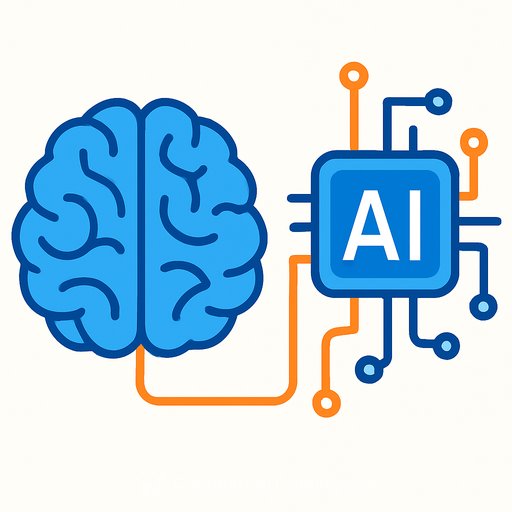DOE, Argonne, NVIDIA and Oracle launch partnership to build next-generation AI supercomputers
The Department of Energy and Argonne National Laboratory are partnering with NVIDIA and Oracle to deliver the DOE's largest AI supercomputer and expand national AI capacity. The effort pairs immediate access to new AI compute with two major systems coming online at Argonne: Solstice and Equinox.
What's being built
- Solstice: 100,000 NVIDIA Blackwell GPUs. Planned as the largest AI supercomputer in the DOE lab complex.
- Equinox: 10,000 NVIDIA Blackwell GPUs. Construction starts immediately at Argonne; delivery expected in 2026.
- Immediate access: Oracle will provide AI resources using NVIDIA Hopper and Blackwell architectures so DOE researchers can start work now.
- Data integration: Systems will connect to DOE instruments and data assets to support energy, security, and discovery science.
Why it matters for researchers
These systems give teams the headroom to train frontier and reasoning models at scale, then push them into production with fast inference. The architecture is intended for open science and will be linked with experimental facilities for near real-time analysis and feedback.
As one leader put it, this is a practical model for shared investment and shared compute between government and industry-bringing capacity online faster and widening access for the community.
Software stack and model workflows
- Training: Develop frontier and reasoning models for open science using NVIDIA Megatron-Core.
- Inference: Scale and serve models using the NVIDIA TensorRT software stack.
- Agentic AI: Outputs will support agent-driven scientific workflows, from experiment planning to autonomous data analysis.
Additional AI systems at Argonne
- Minerva (with World Wide Technology and NVIDIA): Focused on AI inference-turning trained models into insights from new data.
- Janus (with HPE and NVIDIA): Built to develop the next-generation AI and HPC workforce through hands-on access.
- Tara (with NVIDIA): An AI inference system that integrates AI and exascale HPC to convert compute into scientific outcomes.
Access, timing, and integration
Scientists at Argonne and across the United States will gain access to these resources as they come online. Equinox begins construction now, with delivery targeted for 2026; Solstice will follow as the flagship system in the DOE complex.
The systems will connect with DOE experimental facilities, including Argonne's Advanced Photon Source, to shorten the cycle from experiment to insight. For facility users, that means faster feedback loops, improved throughput, and stronger links between simulation, modeling, and instrument data.
Practical next steps for research teams
- Identify high-value workloads that benefit from scale: generative models for materials and chemistry, multimodal models for instrument data, and real-time analysis pipelines.
- Package models with TensorRT for efficient serving; plan for streaming data connections to instruments and data lakes.
- Prepare datasets with clear data governance and provenance; prioritize benchmarks that reflect end-to-end workflows, not just training speed.
- Line up training for staff on large-scale distributed training, inference optimization, and AI-HPC integration.
Where to learn more
- Argonne Leadership Computing Facility: alcf.anl.gov
- Upskilling for research teams: AI courses by job role
Your membership also unlocks:






